-
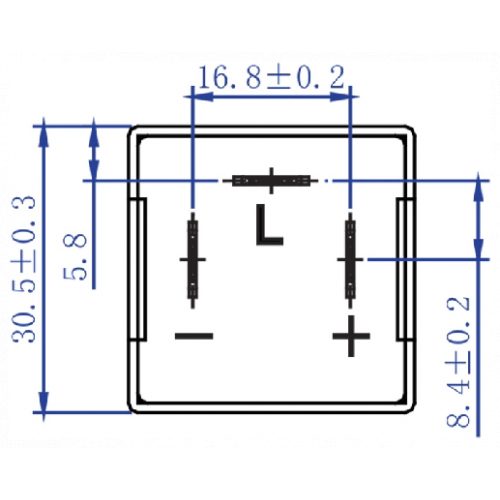
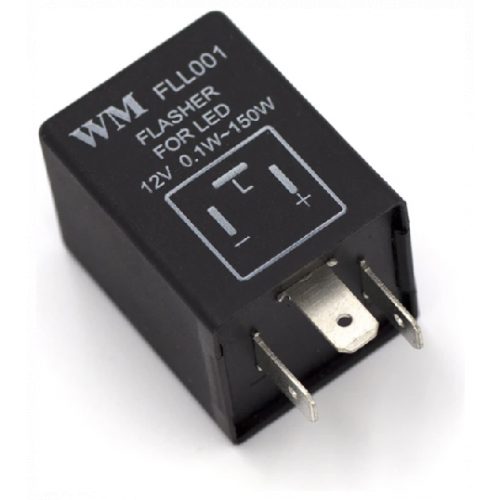 When upgrading signal bulbs from incandescent bulbs to LUMENS LED bulbs, many factory signal flashers will 'hyperflash' (flashes very quickly) because of the change in resistance from a standard bulb to LEDs. LUMENS LED Flasher relays are used in conjunction with Lumens LED bulbs to slow the signalling speed back to normal. If the vehicle has a signal relay, using these relays would be more cost effective than installing resistors to maintain the flashing signal speed. On top of that, it's much easier to switch a relay than to solder in multiple resistors into the vehicle.
When upgrading signal bulbs from incandescent bulbs to LUMENS LED bulbs, many factory signal flashers will 'hyperflash' (flashes very quickly) because of the change in resistance from a standard bulb to LEDs. LUMENS LED Flasher relays are used in conjunction with Lumens LED bulbs to slow the signalling speed back to normal. If the vehicle has a signal relay, using these relays would be more cost effective than installing resistors to maintain the flashing signal speed. On top of that, it's much easier to switch a relay than to solder in multiple resistors into the vehicle. -
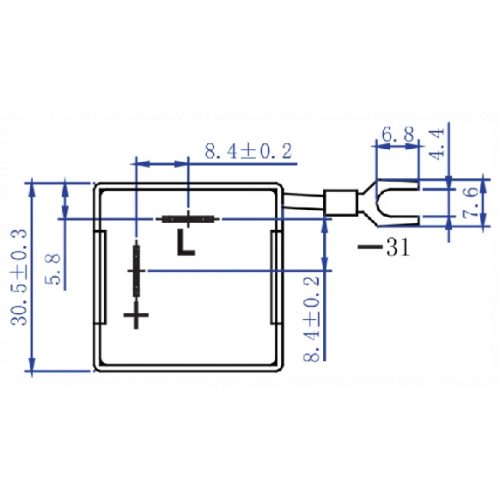
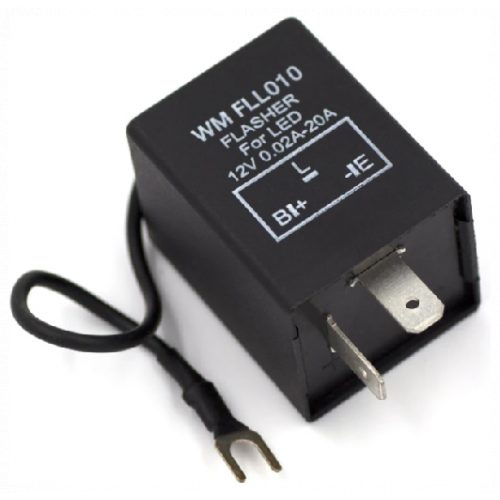
- When upgrading signal bulbs from incandescent bulbs to LUMENS LED bulbs, many factory signal flashers will 'hyperflash' (flashes very quickly) because of the change in resistance from a standard bulb to LEDs. LUMENS LED Flasher relays are used in conjunction with Lumens LED bulbs to slow the signalling speed back to normal. If the vehicle has a signal relay, using these relays would be more cost effective than installing resistors to maintain the flashing signal speed. On top of that, it's much easier to switch a relay than to solder in multiple resistors into the vehicle.
-
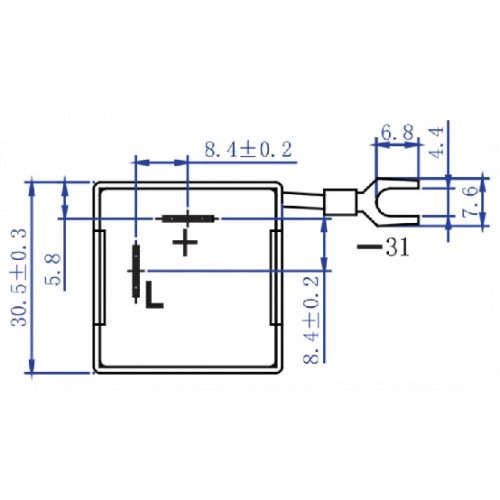
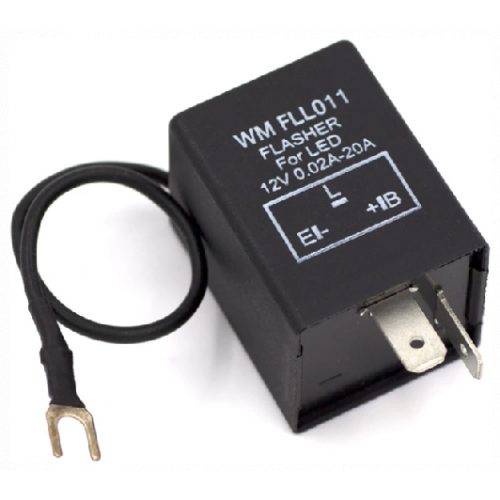 When upgrading signal bulbs from incandescent bulbs to LUMENS LED bulbs, many factory signal flashers will 'hyperflash' (flashes very quickly) because of the change in resistance from a standard bulb to LEDs. LUMENS LED Flasher relays are used in conjunction with Lumens LED bulbs to slow the signalling speed back to normal. If the vehicle has a signal relay, using these relays would be more cost effective than installing resistors to maintain the flashing signal speed. On top of that, it's much easier to switch a relay than to solder in multiple resistors into the vehicle.
When upgrading signal bulbs from incandescent bulbs to LUMENS LED bulbs, many factory signal flashers will 'hyperflash' (flashes very quickly) because of the change in resistance from a standard bulb to LEDs. LUMENS LED Flasher relays are used in conjunction with Lumens LED bulbs to slow the signalling speed back to normal. If the vehicle has a signal relay, using these relays would be more cost effective than installing resistors to maintain the flashing signal speed. On top of that, it's much easier to switch a relay than to solder in multiple resistors into the vehicle. -
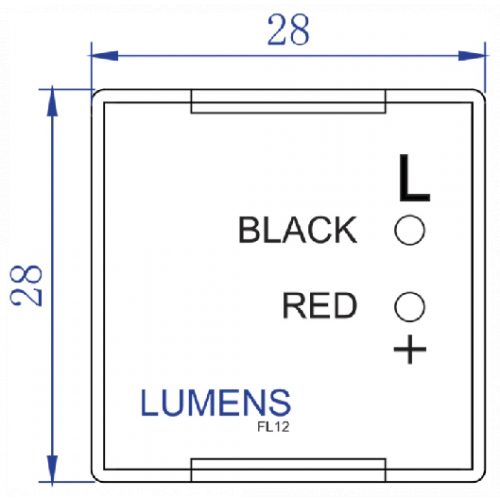
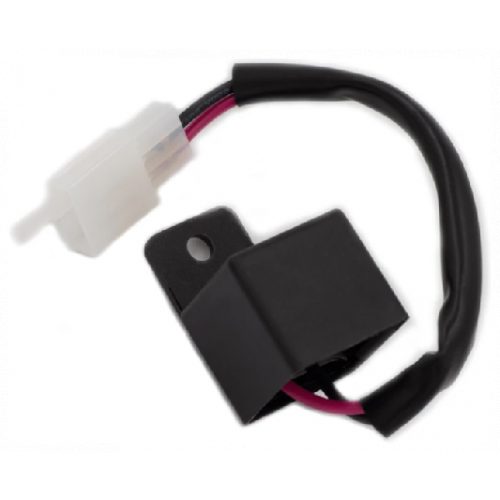 When upgrading signal bulbs from incandescent bulbs to LUMENS LED bulbs, many factory signal flashers will 'hyperflash' (flashes very quickly) because of the change in resistance from a standard bulb to LEDs. LUMENS LED Flasher relays are used in conjunction with Lumens LED bulbs to slow the signalling speed back to normal. If the vehicle has a signal relay, using these relays would be more cost effective than installing resistors to maintain the flashing signal speed. On top of that, it's much easier to switch a relay than to solder in multiple resistors into the vehicle.
When upgrading signal bulbs from incandescent bulbs to LUMENS LED bulbs, many factory signal flashers will 'hyperflash' (flashes very quickly) because of the change in resistance from a standard bulb to LEDs. LUMENS LED Flasher relays are used in conjunction with Lumens LED bulbs to slow the signalling speed back to normal. If the vehicle has a signal relay, using these relays would be more cost effective than installing resistors to maintain the flashing signal speed. On top of that, it's much easier to switch a relay than to solder in multiple resistors into the vehicle. -
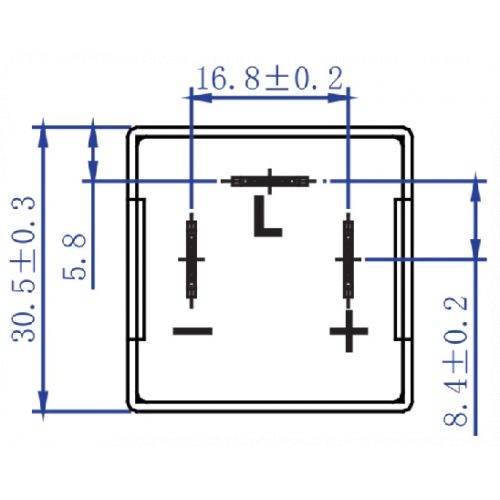
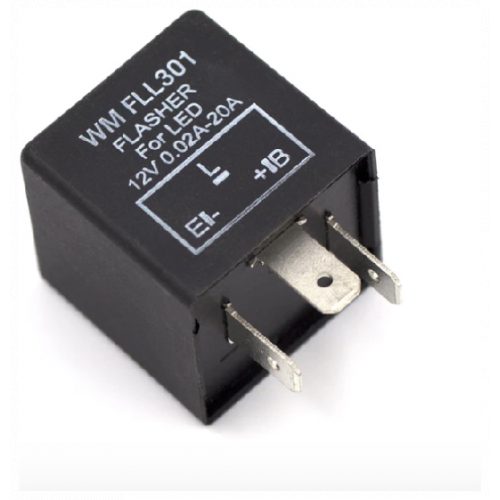 When upgrading signal bulbs from incandescent bulbs to LUMENS LED bulbs, many factory signal flashers will 'hyperflash' (flashes very quickly) because of the change in resistance from a standard bulb to LEDs. LUMENS LED Flasher relays are used in conjunction with Lumens LED bulbs to slow the signalling speed back to normal. If the vehicle has a signal relay, using these relays would be more cost effective than installing resistors to maintain the flashing signal speed. On top of that, it's much easier to switch a relay than to solder in multiple resistors into the vehicle.
When upgrading signal bulbs from incandescent bulbs to LUMENS LED bulbs, many factory signal flashers will 'hyperflash' (flashes very quickly) because of the change in resistance from a standard bulb to LEDs. LUMENS LED Flasher relays are used in conjunction with Lumens LED bulbs to slow the signalling speed back to normal. If the vehicle has a signal relay, using these relays would be more cost effective than installing resistors to maintain the flashing signal speed. On top of that, it's much easier to switch a relay than to solder in multiple resistors into the vehicle. -
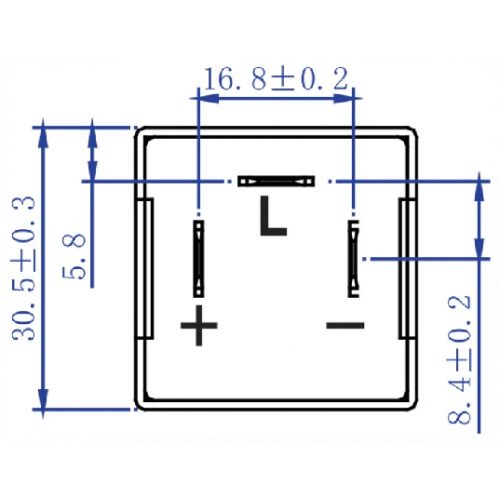
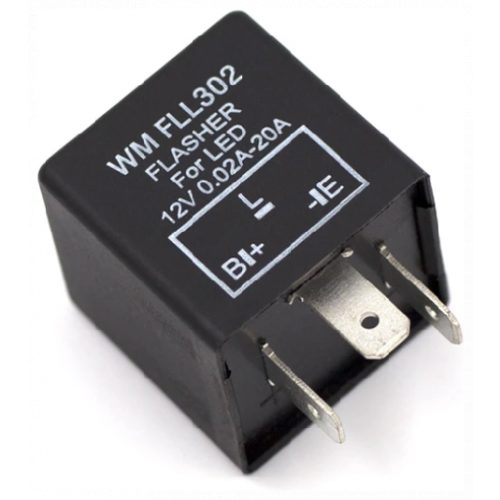 When upgrading signal bulbs from incandescent bulbs to LUMENS LED bulbs, many factory signal flashers will 'hyperflash' (flashes very quickly) because of the change in resistance from a standard bulb to LEDs. LUMENS LED Flasher relays are used in conjunction with Lumens LED bulbs to slow the signalling speed back to normal. If the vehicle has a signal relay, using these relays would be more cost effective than installing resistors to maintain the flashing signal speed. On top of that, it's much easier to switch a relay than to solder in multiple resistors into the vehicle.
When upgrading signal bulbs from incandescent bulbs to LUMENS LED bulbs, many factory signal flashers will 'hyperflash' (flashes very quickly) because of the change in resistance from a standard bulb to LEDs. LUMENS LED Flasher relays are used in conjunction with Lumens LED bulbs to slow the signalling speed back to normal. If the vehicle has a signal relay, using these relays would be more cost effective than installing resistors to maintain the flashing signal speed. On top of that, it's much easier to switch a relay than to solder in multiple resistors into the vehicle. -
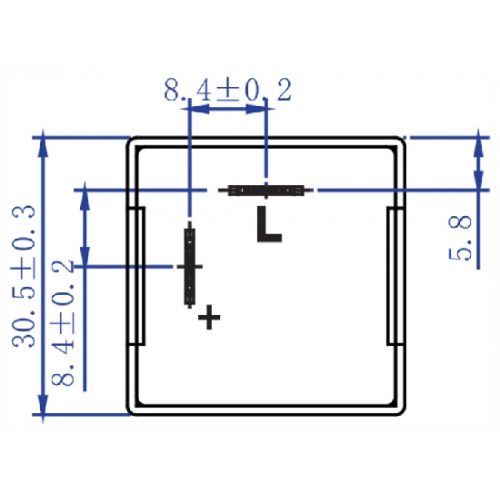
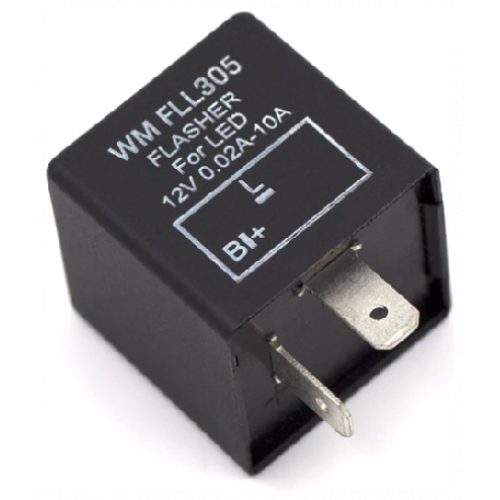
-
- When upgrading signal bulbs from incandescent bulbs to LUMENS LED bulbs, many factory signal flashers will 'hyperflash' (flashes very quickly) because of the change in resistance from a standard bulb to LEDs. LUMENS LED Flasher relays are used in conjunction with Lumens LED bulbs to slow the signalling speed back to normal. If the vehicle has a signal relay, using these relays would be more cost effective than installing resistors to maintain the flashing signal speed. On top of that, it's much easier to switch a relay than to solder in multiple resistors into the vehicle.
-
-
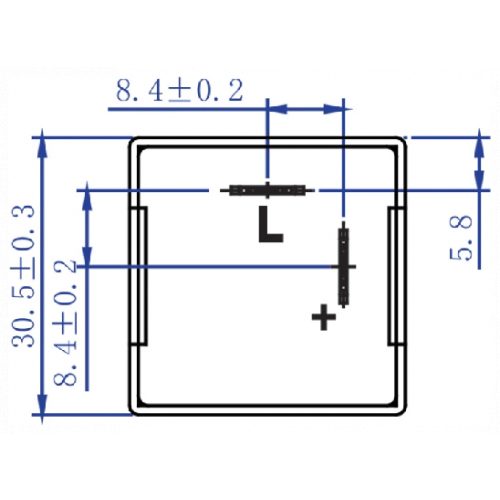
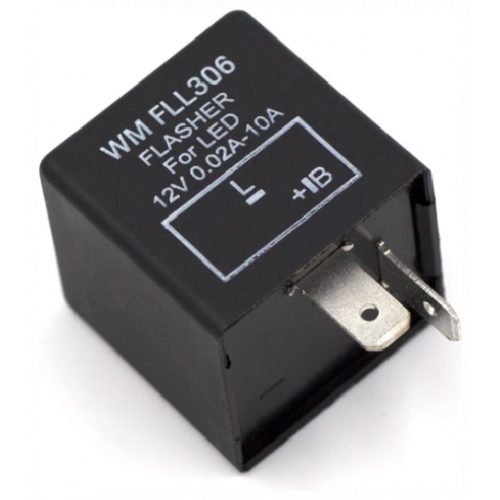 When upgrading signal bulbs from incandescent bulbs to LUMENS LED bulbs, many factory signal flashers will 'hyperflash' (flashes very quickly) because of the change in resistance from a standard bulb to LEDs. LUMENS LED Flasher relays are used in conjunction with Lumens LED bulbs to slow the signalling speed back to normal. If the vehicle has a signal relay, using these relays would be more cost effective than installing resistors to maintain the flashing signal speed. On top of that, it's much easier to switch a relay than to solder in multiple resistors into the vehicle.
When upgrading signal bulbs from incandescent bulbs to LUMENS LED bulbs, many factory signal flashers will 'hyperflash' (flashes very quickly) because of the change in resistance from a standard bulb to LEDs. LUMENS LED Flasher relays are used in conjunction with Lumens LED bulbs to slow the signalling speed back to normal. If the vehicle has a signal relay, using these relays would be more cost effective than installing resistors to maintain the flashing signal speed. On top of that, it's much easier to switch a relay than to solder in multiple resistors into the vehicle. -
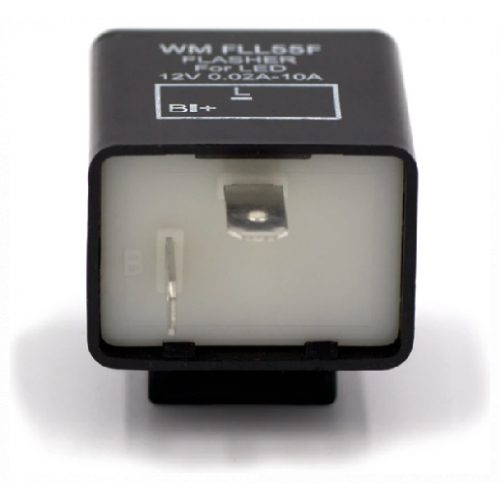
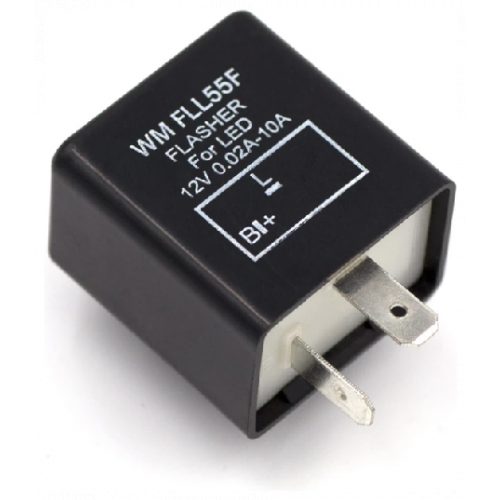 When upgrading signal bulbs from incandescent bulbs to LUMENS LED bulbs, many factory signal flashers will 'hyperflash' (flashes very quickly) because of the change in resistance from a standard bulb to LEDs. LUMENS LED Flasher relays are used in conjunction with Lumens LED bulbs to slow the signalling speed back to normal. If the vehicle has a signal relay, using these relays would be more cost effective than installing resistors to maintain the flashing signal speed. On top of that, it's much easier to switch a relay than to solder in multiple resistors into the vehicle.
When upgrading signal bulbs from incandescent bulbs to LUMENS LED bulbs, many factory signal flashers will 'hyperflash' (flashes very quickly) because of the change in resistance from a standard bulb to LEDs. LUMENS LED Flasher relays are used in conjunction with Lumens LED bulbs to slow the signalling speed back to normal. If the vehicle has a signal relay, using these relays would be more cost effective than installing resistors to maintain the flashing signal speed. On top of that, it's much easier to switch a relay than to solder in multiple resistors into the vehicle. -
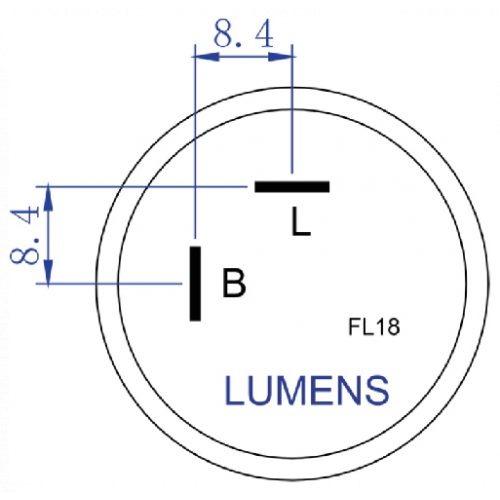
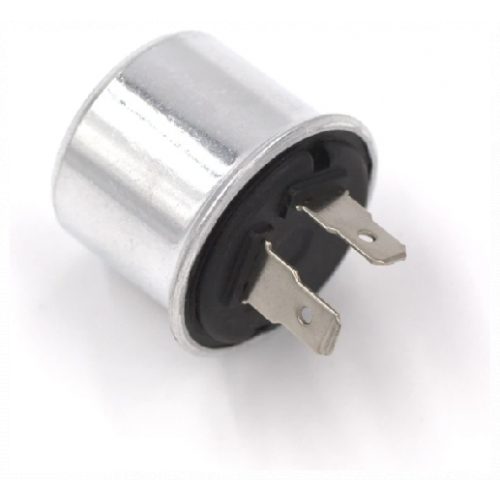 When upgrading signal bulbs from incandescent bulbs to LUMENS LED bulbs, many factory signal flashers will 'hyperflash' (flashes very quickly) because of the change in resistance from a standard bulb to LEDs. LUMENS LED Flasher relays are used in conjunction with Lumens LED bulbs to slow the signalling speed back to normal. If the vehicle has a signal relay, using these relays would be more cost effective than installing resistors to maintain the flashing signal speed. On top of that, it's much easier to switch a relay than to solder in multiple resistors into the vehicle.
When upgrading signal bulbs from incandescent bulbs to LUMENS LED bulbs, many factory signal flashers will 'hyperflash' (flashes very quickly) because of the change in resistance from a standard bulb to LEDs. LUMENS LED Flasher relays are used in conjunction with Lumens LED bulbs to slow the signalling speed back to normal. If the vehicle has a signal relay, using these relays would be more cost effective than installing resistors to maintain the flashing signal speed. On top of that, it's much easier to switch a relay than to solder in multiple resistors into the vehicle. -
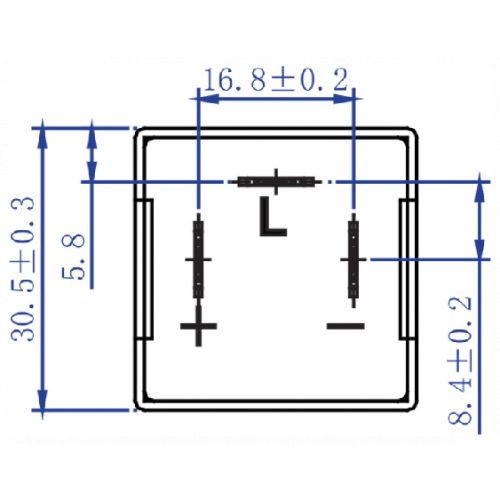
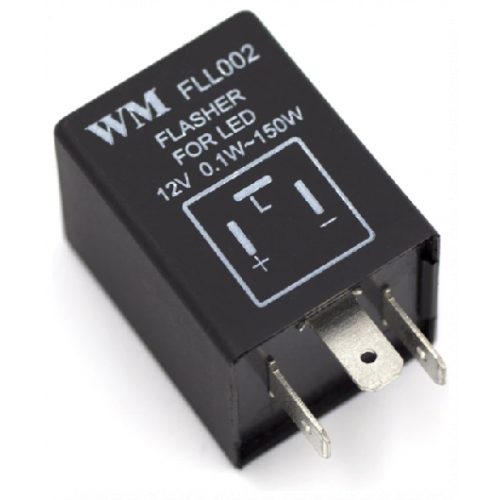 When upgrading signal bulbs from incandescent bulbs to LUMENS LED bulbs, many factory signal flashers will 'hyperflash' (flashes very quickly) because of the change in resistance from a standard bulb to LEDs. LUMENS LED Flasher relays are used in conjunction with Lumens LED bulbs to slow the signalling speed back to normal. If the vehicle has a signal relay, using these relays would be more cost effective than installing resistors to maintain the flashing signal speed. On top of that, it's much easier to switch a relay than to solder in multiple resistors into the vehicle.
When upgrading signal bulbs from incandescent bulbs to LUMENS LED bulbs, many factory signal flashers will 'hyperflash' (flashes very quickly) because of the change in resistance from a standard bulb to LEDs. LUMENS LED Flasher relays are used in conjunction with Lumens LED bulbs to slow the signalling speed back to normal. If the vehicle has a signal relay, using these relays would be more cost effective than installing resistors to maintain the flashing signal speed. On top of that, it's much easier to switch a relay than to solder in multiple resistors into the vehicle. -
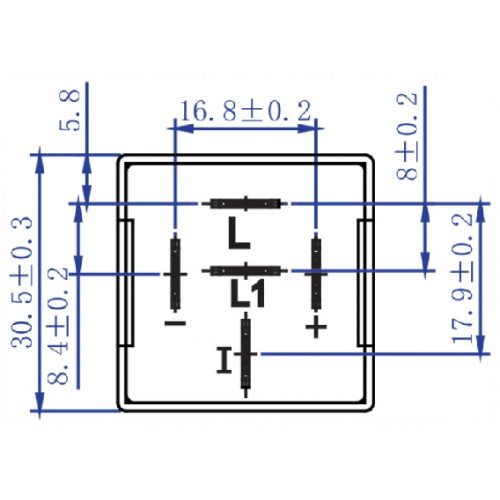
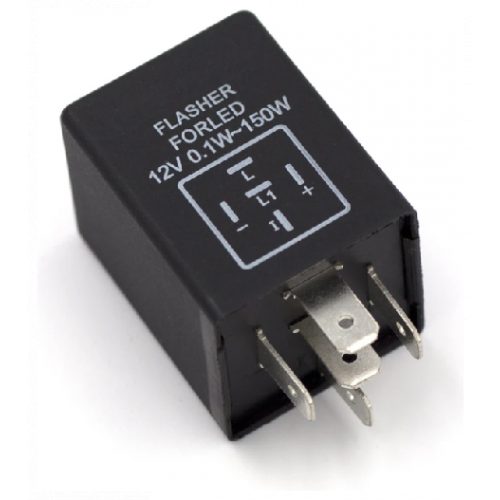 When upgrading signal bulbs from incandescent bulbs to LUMENS LED bulbs, many factory signal flashers will 'hyperflash' (flashes very quickly) because of the change in resistance from a standard bulb to LEDs. LUMENS LED Flasher relays are used in conjunction with Lumens LED bulbs to slow the signalling speed back to normal. If the vehicle has a signal relay, using these relays would be more cost effective than installing resistors to maintain the flashing signal speed. On top of that, it's much easier to switch a relay than to solder in multiple resistors into the vehicle.
When upgrading signal bulbs from incandescent bulbs to LUMENS LED bulbs, many factory signal flashers will 'hyperflash' (flashes very quickly) because of the change in resistance from a standard bulb to LEDs. LUMENS LED Flasher relays are used in conjunction with Lumens LED bulbs to slow the signalling speed back to normal. If the vehicle has a signal relay, using these relays would be more cost effective than installing resistors to maintain the flashing signal speed. On top of that, it's much easier to switch a relay than to solder in multiple resistors into the vehicle.

